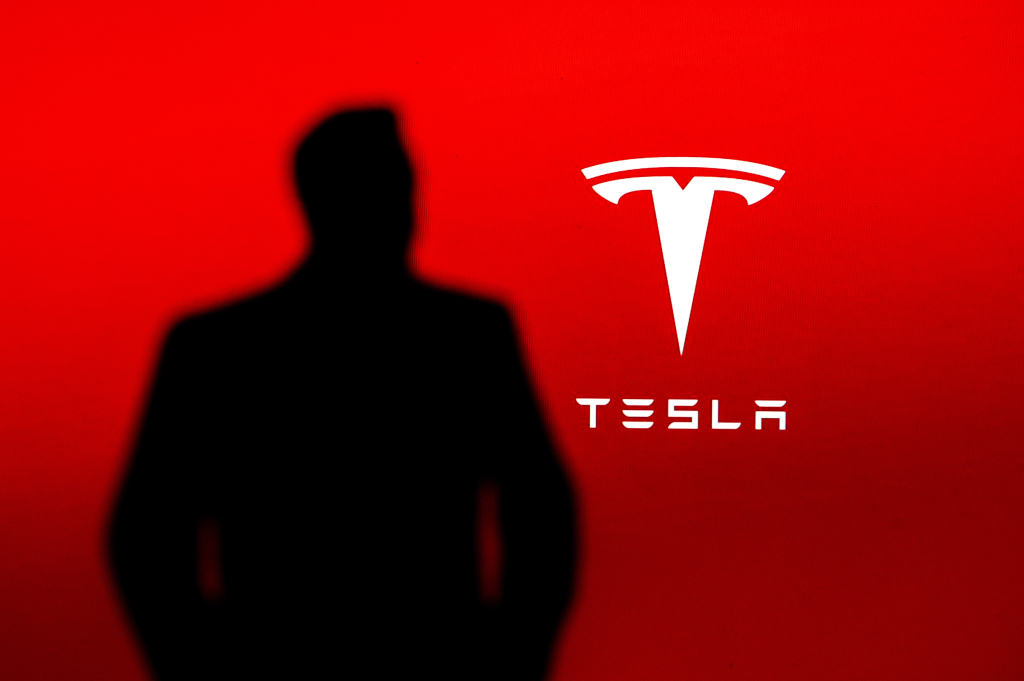
WASHINGTON — Elon Musk announced plans to reduce his involvement in Washington and re-center his attention on Tesla, following a sharp drop in the electric vehicle maker’s first-quarter earnings.
The move comes as investors grow increasingly critical of Musk’s extracurricular commitments, particularly his role with the federal Department of Government Efficiency (DOGE) — a Trump administration initiative aimed at reducing the federal workforce.
Speaking on a Tuesday earnings call, Musk said he would “spend more time at Tesla starting in May,” a declaration that immediately buoyed investor confidence. Tesla’s stock, which has plunged over 40% this year, rose nearly 5% in after-hours trading following the announcement.
Investor Pressure Sparks Strategic Shift
Tesla’s latest earnings report fell significantly short of Wall Street expectations. The company posted a 71% year-over-year drop in net income, down to $409 million, or just 12 cents per share. Revenue also declined 9% to $19.3 billion, underscoring mounting concerns about slowing demand and increasing competition in the EV market.
Some shareholders have attributed the company’s recent underperformance to Musk’s divided focus — particularly his high-profile role with DOGE and his vocal support of far-right political figures, which critics say has tarnished Tesla’s image internationally. The backlash was palpable earlier this year, when protesters disrupted a Tesla shareholder meeting over Musk’s political affiliations and government advisory role.
“This is a big step in the right direction,” said Dan Ives, an analyst at Wedbush. “Investors have been calling for Musk to recommit to Tesla — this could help restore confidence.”
Looking Ahead: New Models and Autonomy Push
Despite a weak quarter, Musk sought to pivot the conversation toward Tesla’s roadmap for innovation and growth. He outlined two major product launches for 2025: a more affordable version of the Model Y, Tesla’s best-selling vehicle, and the rollout of a paid, fully driverless robotaxi service.
The robotaxi initiative will debut in Austin, Texas, in June, with plans to expand to additional cities in the following months. Musk was bullish on the technology’s readiness, saying, “There will be millions of Teslas operating autonomously in the second half of the year. Can you go to sleep in our cars and wake up at your destination? I’m confident that will be available in many U.S. cities by year’s end.”
Navigating Global Challenges
Tesla continues to face strong headwinds in an increasingly competitive EV landscape. Gross margins dropped to 16.3%, down from 17.4% a year ago, as global automakers — particularly China’s BYD and several European brands — introduced vehicles with cutting-edge features and rapid-charging capabilities.
Complicating matters further, new U.S. tariffs are expected to hit Tesla’s energy business the hardest. Although the company anticipates minimal disruption to domestic vehicle production, imported components may now carry higher costs. China’s retaliatory tariffs have already forced Tesla to halt orders for the Model S and Model X in that market.
Bright Spots Amid the Turbulence
Despite the challenges, there were a few positive notes in Tesla’s report. Operating cash flow surged to $2.2 billion, up significantly from $242 million a year ago. Additionally, revenue from regulatory credit sales climbed to $595 million, up from $442 million last year — providing a welcome buffer during an otherwise difficult quarter.
As Tesla navigates a pivotal moment in its history, Musk’s renewed commitment to the company may be just what it needs to regain its footing and reassure stakeholders.




